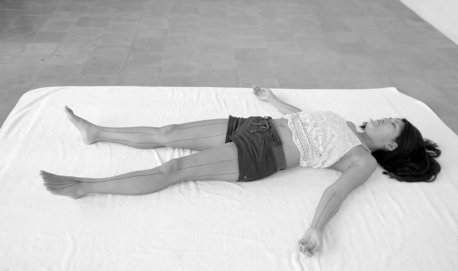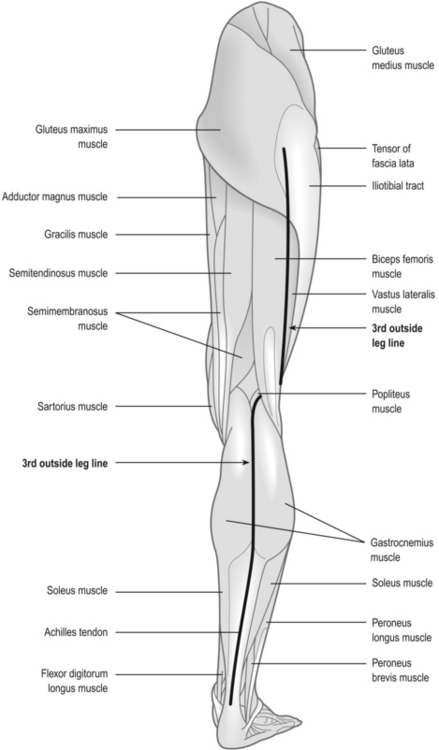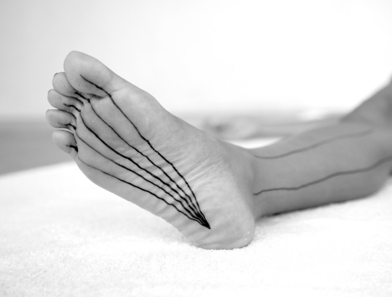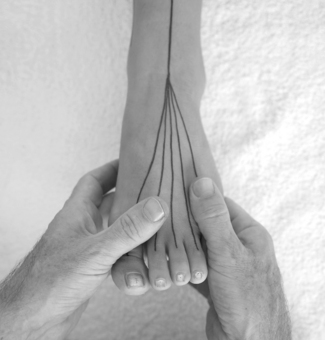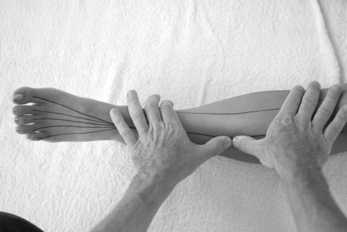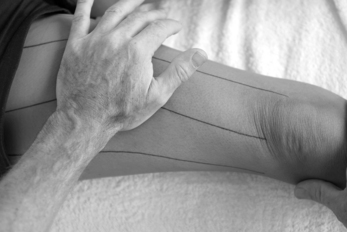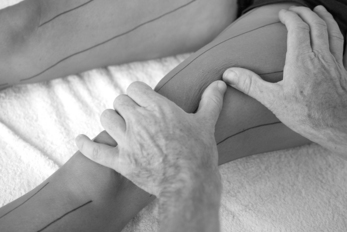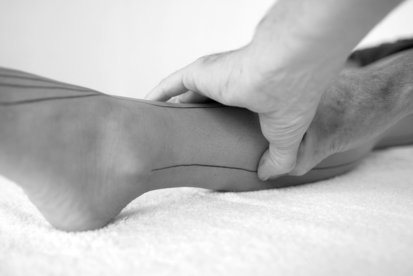Chapter 5 The myofascial sen
| CHAPTER CONTENTS | |
| Introduction | 39 |
| Leg lines | 40 |
| Feet lines | 45 |
| Arm lines | 53 |
| Back lines | 58 |
| Face lines | 60 |
| Working the myofascial sen | 61 |
Introduction
In the practice of Thai Massage we do not actually use the ten sen as described in Chapter 3. We use, instead, a series of working lines on the legs, arms, back and head. These working lines sometimes correlate to aspects of the ten sen (Fig. 5.1).
Leg lines
There are five working lines to be found on each leg. The naming convention used here is the same as that used at the Old Medical Hospital in Chiang Mai (Figs 5.2–5.5).
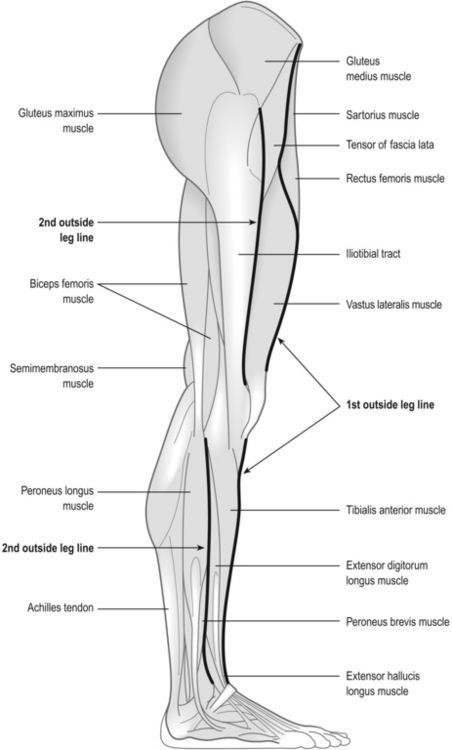
Fig. 5.2 Lateral view of the leg showing the path of the 1st outside leg line and the 2nd outside leg line
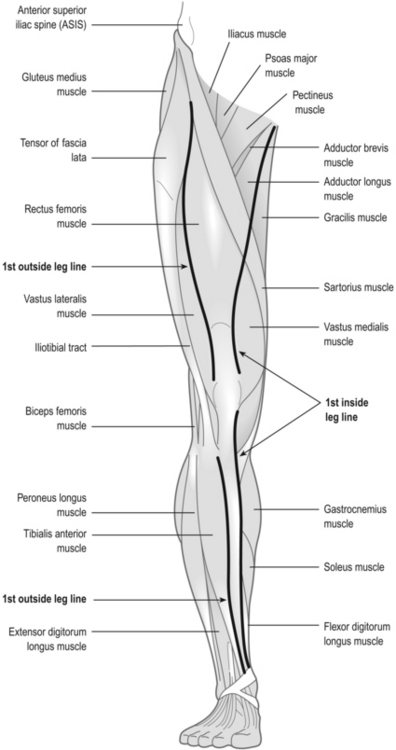
Fig. 5.4 Anterior view of the leg showing the path of the 1st outside leg line and the 1st inside leg line
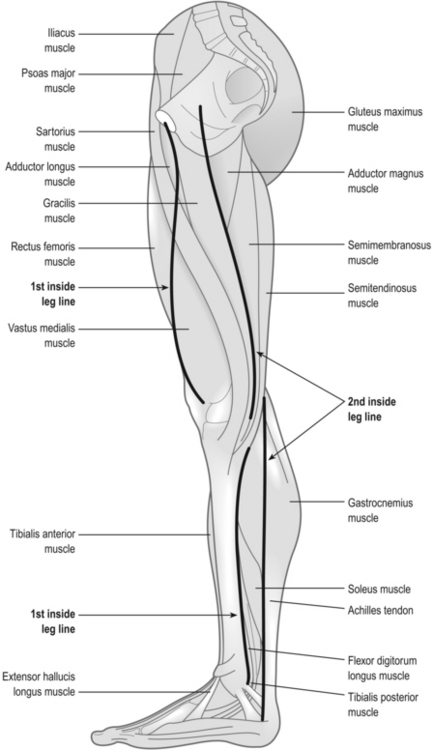
Fig. 5.5 Medial view of the leg showing the path of the 1st inside leg line and the 2nd inside leg line
Typically in Thai Massage the sen are worked with the heel of the hand or with the thumbs. Some teachers suggest pressing with one thumb on top of the other. This is best avoided as it puts too much pressure on the joint of the under thumb.
Feet lines
The lines of the feet relate to sen kalathari. They are usually illustrated as five lines on the soles of the feet, radiating from a point in the middle of the heel through to the end of each toe (Fig. 5.6).
Anatomically we can think of these lines as the toe bones reaching deep inside the foot. We can think of the extensor tendons on the upper surface of the foot. We can think of the plantar fasciae and the flexor muscles and tendons on the sole of the foot. There is plenty to work with here. With all this in mind and softness and sensitivity in our hands we use the sense of the lines, and the structures they relate to, to bring mobility and spaciousness to the entire foot (Fig. 5.7).
1st outside leg line
On the lower leg the line runs from the ankle to the knee along the lateral edge of the tibia, between the bone and the tibialis anterior muscle. As we work this line our aim is to open the myofascial channel by pressing the tibialis anterior muscle down and away from the tibia. We allow our thumbs to rest on the lateral edge of the tibia and then drop into the channel while directing our pressure downwards towards the floor. Each time we travel the line we aim to gain a little more depth (Fig. 5.8).
We need to visualise the line connecting these two points, as it is not too obvious until we work it. It is best to begin working the line with the heel of the hand. The movement is directly across the top of the femur. In effect we use the 1st outside leg line to introduce a c-bend along the lateral border of the rectus femoris muscle (Fig. 5.9).
Once we have a good feeling for the line we can continue to work it using our thumbs. The movement always remains the same. We push the rectus femoris muscle across the top of the femur, c-bending the muscle with our thumbs as we go (Fig. 5.10).
2nd outside leg line
The 2nd outside leg line is associated with sen kalathari on both sides of the body. On the lower leg we find the line by moving our thumbs superior to the lateral malleolus. We soon find ourselves following the anterior border of the peroneus longus muscle. As we move up from the ankle towards the knee we find that we are opening a myofascial channel between the peroneus longus muscle and the tibialis anterior muscle (Fig. 5.11).
Stay updated, free articles. Join our Telegram channel

Full access? Get Clinical Tree


